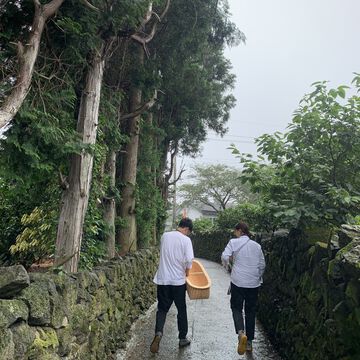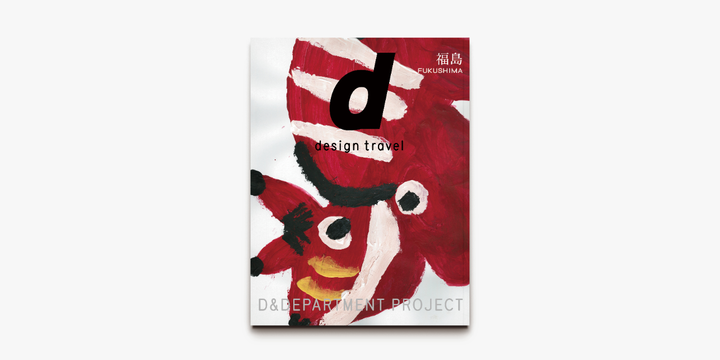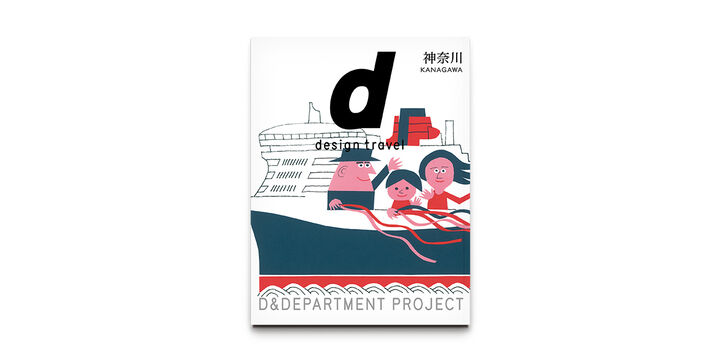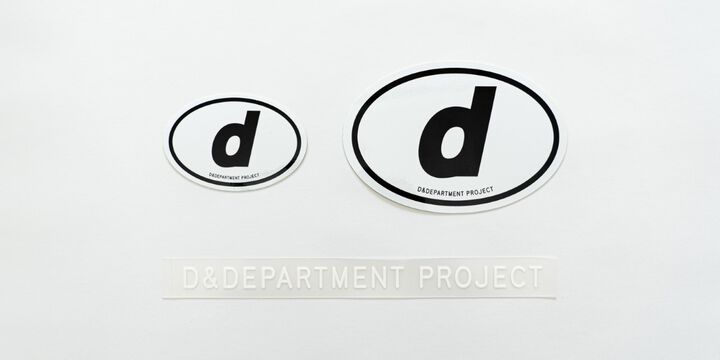In search of long-life design in Jeju, two members of the editorial team visited a guduk(means "basket" in Korean) artisan in Hogeun-dong, Seogwipo.
2022.05.29 photo by Inseon
Hello everyone!
This is Jina Lee (Calling Books) and Hideto Shindo, editor-in-chief of <d design travel>, who are working on the first overseas special edition.
First of all, we would like to thank you for your interest in this book and our project.
We will create <Jeju Island> in one book by focusing on "localness" and discovering where "design" is.
The official book will be released in April 2024, first in Japanese and English. (Korean version to follow)
The story of the creation of the first overseas special issue- We will share what we saw, thought, and ate in Jeju, even though it wasn't a place we chose for "d mark review.
So, without specifying an exact date, please welcome our stories that will arrive in your mail from time to time.
Thank you very much.
<I am Shindo, the editor-in-chief>
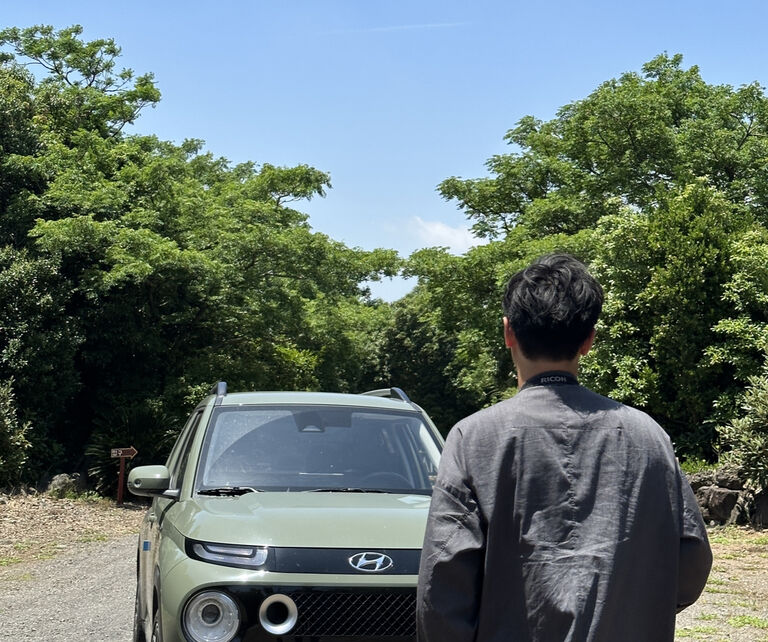
CASPER and <d design travel> editor-in-chief Shindo photo by Jina
I have 10 days left of my stay on Jeju Island.
Starting with the workshop in April, I've been traveling around the island for about five weeks until today.
The essence of "d design travel" is based on five criteria, the most important of which is "the personality of the place". Of course, "design" is important, but we also think about whether the business, facility or human activity needs to take place on the land. Our editorial team looks for "things unique to Jeju" that would make you want to cross the ocean from another country, even if only on purpose.
We divided them into six categories and named up to 24 of them "d marks. I think we've pretty much nailed the "d marks" in Jeju, but we're still working on the "cafe" category.
The trend of photo spots (Instagram) is unique to Korea, and very different from Japan. Even if the coffee isn't good, even if it's far away, even if it's expensive, there's a movement of people saying, "I'm going to take a picture." Whether it is a museum, a gallery, or a restaurant, many people are taking pictures with their cell phones.
Maybe someone just wants to experience the place in silence, but people who are overzealous about taking pictures sometimes move around to take pictures away from their own seats. Most of the big cafes we've been to have embraced this and raised the quality of their interiors and design so that they can be beautifully photographed from anywhere. (I'm really amazed at the design and interiors of cafes in Korea).
Such as tangerines, green tea and barley, the shops look beautiful while using resources unique to Jeju.
I'm sure there are many places that come to mind for you as well, and I hope it gives you a chance to think about whether they are real or not. by Shindo
<Worries of the Editorial Team>
The first thing that comes to mind when working overseas for the first time is the issue of characterization.
Even if it's the <Jeju> issue, if it's the same d design travel as before, it will be in Japanese and English. But if a Japanese person who only knows Japanese goes to Jeju with this book, there is no way to convey it to a local person who only knows Korean. I thought, "How can I explain this to the locals who only know Korean?
Even if I could show them pages of pictures and convey a word of English, you can't read the menu at a local meat restaurant.
Not to mention Jeju has a dialect!
So I figured I'd have to include the minimum required Korean as well, I also think it could be made into a characteristic content of the <Jeju> book.
I am thinking about it too. by Shindo
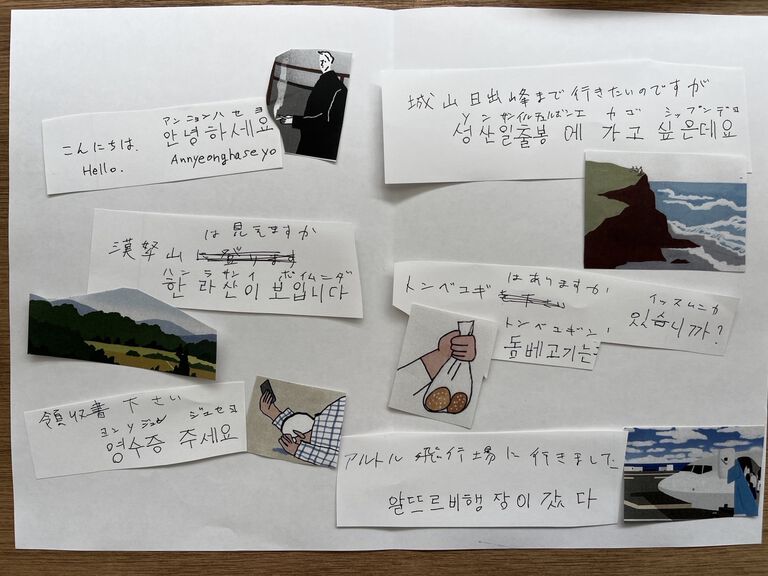
Jeju dialect, Korean, English, and Japanese.
I'm thinking about language translations and creating mock-ups to show to potential illustrators.
photo by Shindo
<This week's editorial team focuses on...>

In Editorial Note 02, I introduced that we traveled around Jeju Island in a rental car, Hyundai's CASPER.
Then we found out that the Casper was available in the color Bijarim Khaki Matte, named after the forest on Jeju Island.
After returning to Seoul and Tokyo, respectively, two of our editors, both of whom are very driven, sent a proposal to Hyundai's CASPER marketing team, and to our surprise, within a day,
The decision was made to support the vehicle.
It took a little longer to get to Jeju due to Buddhist New Year and Memorial Day, but the brand new car is on its way to the island by boat.
We'll publish a travelog with CASPER, just for this story in another journal on this website. by Jina
<d design travel Photo Journal>
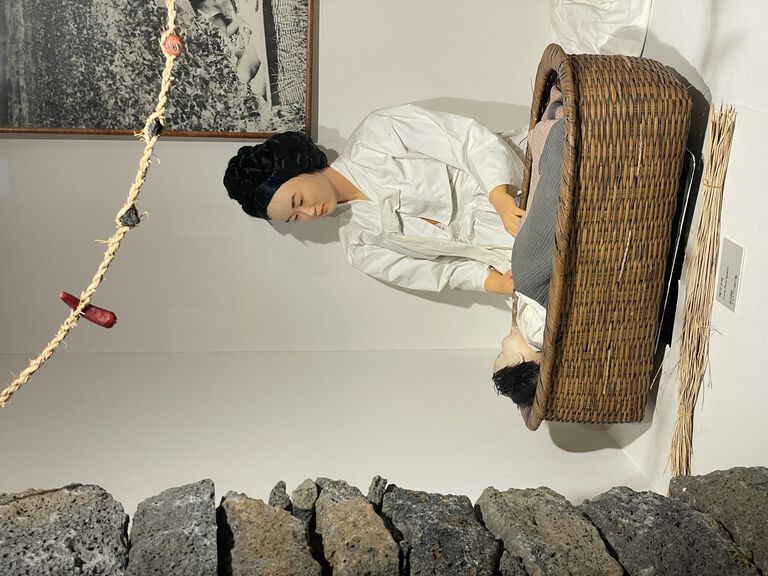
Baby basket at the Jeju Folk and Natural History Museum.
During my second trip and research,
I met Ms. Oh Young-hee, a craftswoman who is a maker of the basket, and I was able to purchase one.
Editor-in-chief Shindo will include this baby basket in the book as LONG LIFE DESIGN in Jeju!
by Jina.
<Jina's Editorial Reviews>
Starting with a workshop at the D&DEPARTMENT Jeju store in April, I've been traveling around the island with Editor-in-Chief Shindo.
Editor-in-Chief Shindo and I have been traveling around Jeju Island and exploring many places together.
Not just one person's thoughts and opinions,
We always talk about "what thoughts remain with us" after the trip.
There are also cases where the two editors don't completely agree.
If the editor-in-chief says, "This looks like a 'd-mark.'" ,
I don't agree 100%, so as an editor, I keep asking questions.
I started to think more deeply about what <locality> is and what <design> is.
Are they just using "Jeju" as a marketing element? and whether the menu of "local specialties" really tastes good? Many places are very famous on Instagram and have many reviews. Sometimes I wonder, "Why this place?
In this way, I think <d design travel> is a book that keeps asking questions.
Asking questions, working out answers, selecting places to present as d mark reviews during my time on Jeju with the editor-in-chief, and covering as much as I can.
I will then follow up with a report from my time in Seoul.
Shops, people and things to do will be recommended by Jeju locals during our stay.
We are very excited to see what the book will look like and what the cover will look like.
Please continue to support our overseas work until the end.
Hideto Shindo
d design travel chief editor / d47 design travel store director
Born in 1980. Joined the D&DEPARTMENT PROJECT in 2012.
A travel guide compiled from a "long-life design perspective" and published in one volume for each of Japan's 47 prefectures. Responsible for the overall production of "d design travel", including editing, writing, and photography.
Organized an exhibition in conjunction with "d design travel" at the d47 Museum in Hikarie, Shibuya.
He also travels by car to pick up exhibits from the prefectures covered in each issue.
Jina Lee
Director of Calling Books /<d design travel> Writing Partner
Born in 1984. In 2012, she discovered the D&Department Project through designer Kenmei Nagaoka's book
<Walking on Designer Thoughts> by designer Kenmei Nagaoka and learned about the D&DEPARTMENT PROJECT,
She was a member of the study group at MMMG, which became a partner of the D&DEPARTMENT SEOUL store.
As a travel writer, she has published books such as "Rediscovering Seoul" and "Mother-Daughter Travel",
In 2021, she founded Calling Books, a curated bookstore and general store that deals with books and becoming books.
d design travel's first overseas special issue<Jeju>, as the Korean representative of, she is in charge of reporting and editing with editor-in-chief Shindo.
Thank you and take care!
-Editorial Team
